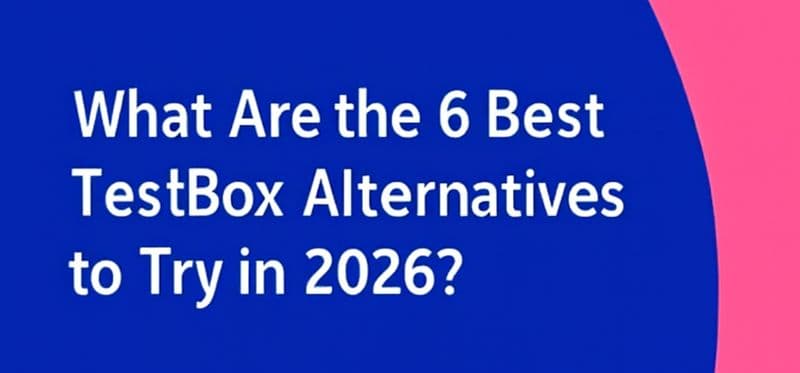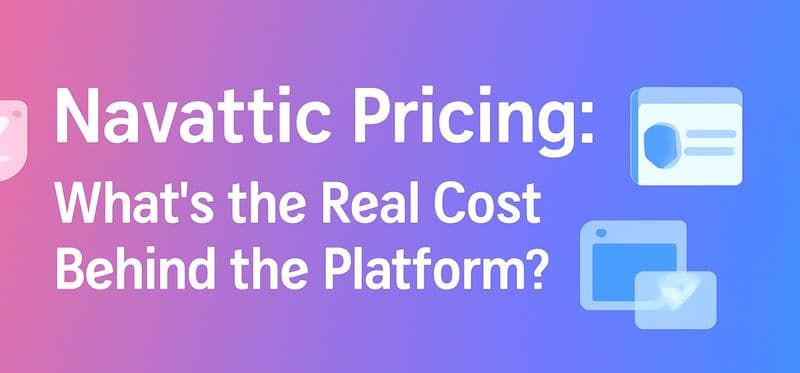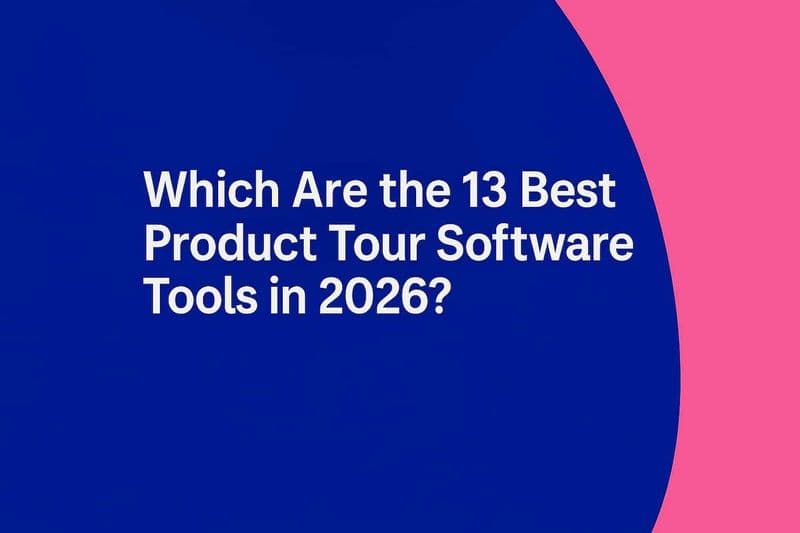
You're pouring time, talent, and money into building the perfect SaaS product—only to launch it and hear… crickets. No buzz, no sign-ups, just the sound of your runway burning. Painful, right? That’s the cost of skipping or skimming over a solid Go-To-Market (GTM) strategy.
A GTM strategy is your battle plan for breaking through the noise. It’s how you make sure your product lands in front of the right people with the right message at the right time. Think less “build it and they will come” and more “build it, then kick down the door with a marching band and a megaphone.”
For SaaS companies, it’s not just about launching a product—it’s about orchestrating a full-scale market takeover while managing customer acquisition cost effectively. That means defining exactly who your product is for, shaping a value proposition that stops people mid-scroll, setting a pricing strategy that feels like a no-brainer, and choosing marketing and sales channels that actually convert.
A winning GTM strategy blends customer psychology, data-driven research, strategic storytelling, and product positioning that turns features into irresistible benefits. Do it right, and you don’t just go to market—you own it.
What Is Go-To Market Strategy for SaaS?
Launching a SaaS product without a Go-To-Market (GTM) strategy is not smart.
A GTM strategy is your SaaS product’s game plan for landing a new product with impact. It's part business savvy, part marketing mojo—covering everything from knowing who you’re selling to, to why they should care, to how customer success will help you win them over and keep them around.
It starts with laser-focused audience research (because "everyone" is not a target), adds a value proposition that actually hits home, and layers in pricing, sales, and marketing that all work in sync. Plus, since SaaS is digital, you get the superpower of agility—test, tweak, repeat.
From onboarding to support, every touchpoint matters. A good GTM plan keeps users engaged and churn in check.
Bottom line? Your GTM strategy isn’t a one-and-done doc—it’s your product’s evolving blueprint for standing out, scaling up, and staying relevant.
Steps to Design an Effective SaaS GTM Strategy

Designing a sharp SaaS GTM strategy starts with one big question: What problem are you solving? From there, zero in on your ideal customers, craft a value prop they can’t ignore, and pick the channels that speak their language. Build a sales plan that actually converts, map out your launch like a pro, and keep tweaking based on real data. Rinse, repeat, grow.
Identify the core problem your product solves
Before you can sell your SaaS product, you need to know exactly why it matters. Nailing down the core problem your product solves is the foundation of a strong Go-To-Market strategy. It sharpens your positioning, shapes your messaging, and ensures you’re building something people actually need. Here's how to lock it in:
Identify the core problem: Pinpoint the specific pain point your product solves—be precise, not broad.
Understand your audience: Dive deep into customer needs, behaviors, and frustrations through research and feedback.
Map the competitive landscape: Analyze other solutions out there to find your edge and define your niche.
Craft your unique value proposition: Turn your insights into a clear, compelling reason why your product is the better choice.
Enhance customer experience: Use this clarity to align your product, messaging, and support with what your customers actually care about.
Build long-term relationships: Solve the right problem well, and your customers won’t just buy—they’ll stick around.
Determine your target customer base
If you don’t know who you're selling to, you're just guessing—and guessing doesn’t scale. For SaaS startups, understanding your target market and target customers is mission-critical. It ensures your product, marketing, and sales efforts actually hit the mark. Here's how to dial in:
Build detailed buyer personas: Identify your ideal users' goals, challenges, behaviors, and decision drivers.
Dig into market research: Use data to uncover demographic and psychographic insights that go beyond surface-level stats.
Align features with real pain points: Make sure your product solves problems that matter to your audience, not just ones that could matter.
Tailor your messaging: Craft campaigns and content that speak your customers’ language and reflect their reality.
Loop in your sales team: Keep sales in the feedback loop to refine personas and streamline conversion efforts.
Focus on retention, not just acquisition: The better you understand your users, the easier it is to keep them happy—and loyal.
Creating a Unique Value Proposition
In a sea of SaaS tools, a strong value proposition is what makes yours worth a second look. It’s not just what your product does—it’s why it matters to the people you're trying to reach. Here’s how to craft one that sticks:
Lead with customer pain points: Start by addressing the real problems your audience faces—no fluff.
Show how you're different: Make it clear why your product is the better, smarter, faster, or easier choice.
Keep it short and sharp: Your value prop should be punchy enough to stick, but powerful enough to matter.
Highlight your biggest strengths: Whether it’s UX, speed, support, or innovation—lean into what you do best.
Align with customer expectations: Use language and benefits that resonate with your ideal users.
Refine it over time: Use customer feedback and market shifts to keep your value proposition fresh and on point.
Choose the Right Marketing and Sales Channels
You can have the best SaaS product in the world, but if it’s showing up in the wrong places, it won’t land. Choosing the right marketing and sales channels is how you meet your audience where they actually are—not just where you hope they’ll be. Here’s how to get it right:
Match marketing channels to your audience: Use platforms your ideal customers already trust and engage with.
Mix it up smartly: Combine content marketing, social media, and email marketing to hit multiple touchpoints without overwhelming.
Prioritize cost-effective acquisition: Focus on channels that bring in the right leads at a sustainable cost.
Optimize for conversion: Choose strategies that don’t just create noise—they drive action.
Support long-term relationships: Use each channel to build trust, not just push a pitch.
Keep testing and refining: Your audience evolves—your channel strategy should too.
Develop an Efficient Sales Strategy
A great product needs a great sales strategy to match—or it risks getting lost in the shuffle. An efficient SaaS sales strategy is less about hard selling and more about smart alignment with your customers' needs. Here's how to make it work:
Align with buyer personas: Tailor every step of the sales process to your ideal customers and their pain points.
Use competitive insights: Know who you're up against and highlight what makes your solution the better fit.
Target your outreach: Personalize your messaging to speak directly to your prospects’ needs and goals.
Build in feedback loops: Let real customer responses guide how your strategy evolves.
Track what matters: Monitor key metrics like CAC and NPS to stay on course and prove what’s working.
Refine and repeat: Sales isn’t static—keep testing, learning, and optimizing for sustainable growth.
Planning Product Launch Details
A successful SaaS launch isn’t just about going live—it’s about making a splash with purpose. Every move should be intentional, from messaging to feedback to follow-through. Here’s how to pull it off:
Start with customer pain points: Make sure the launch solves a real problem from day one.
Craft a clear, engaging narrative: Use content and social campaigns to build excitement and clarity around your product.
Align sales with market insights: Use a research-driven strategy to hit the right channels at the right time.
Plan every detail: From internal coordination to public rollout, leave nothing to chance.
Gather data, fast: Use early engagement to collect insights that fuel ongoing improvements and long-term success.
Performance Metrics and Analysis for Refinement
Tracking performance metrics is the key to knowing if your SaaS GTM strategy is actually working. Without data, you're flying blind. Here’s how to use the numbers to keep improving:
Measure customer satisfaction: Use the net promoter score (NPS) to gauge loyalty and pinpoint areas for improvement.
Track conversion rates: Identify friction points in the funnel and optimize for smoother transitions.
Refine marketing and sales: Use data to fine-tune strategies so they better align with customer needs.
Analyze the sales cycle: Shorten it where possible to increase efficiency and speed up revenue.
Focus on acquisition cost: Keep an eye on CAC to make sure you’re getting the most bang for your marketing buck.
Use insights for growth: Regularly evaluate these metrics to keep improving the customer experience and scaling your business.
Real-life Examples of Successful SaaS GTM Strategies
Successful SaaS GTM strategies offer key insights: Slack refined its product with user feedback, Salesforce focused on strong support and custom solutions, and Zoom’s freemium model drove growth and retention in the SaaS market. These strategy examples show the importance of clear value and understanding customer needs. Here are the case studies in detail.
How Slack Optimized Its GTM Strategy
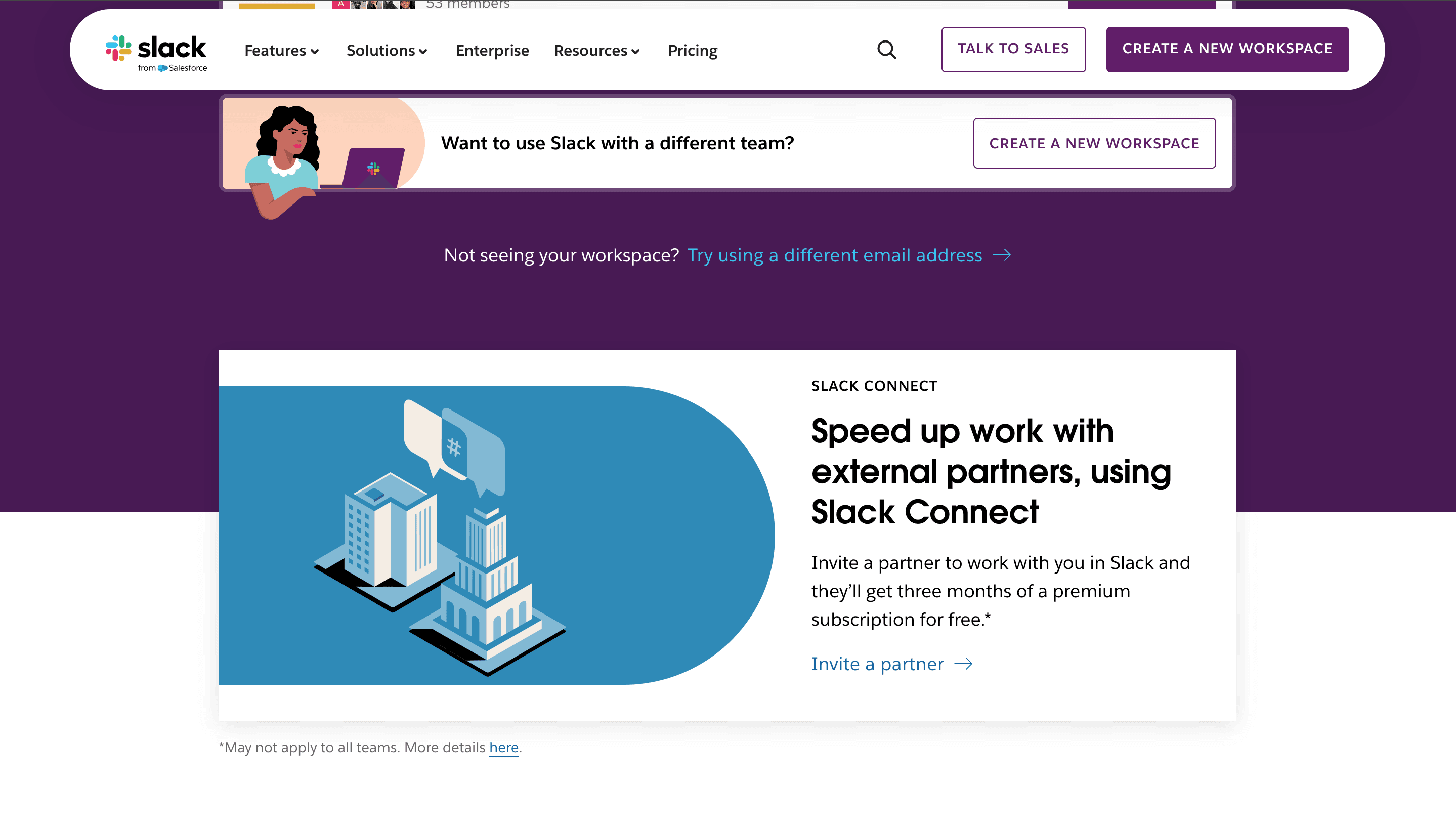
Slack revolutionized workplace communication by crafting a strong value proposition that deeply resonated with its target audience. Through a strategic combination of product experience, marketing excellence, and customer-centric adaptation, Slack fueled rapid growth and lasting brand loyalty. Here's what you need to know.
Clear Value Proposition: Positioned itself as the modern solution for faster, smarter team communication.
Freemium Model: Allowed users to experience the platform’s value firsthand, driving organic growth.
Engaging Marketing: Leveraged social media and content marketing to build brand visibility and generate leads.
Customer Feedback Loops: Integrated user insights to continually evolve the product and meet changing needs.
Adaptive Go-to-Market Strategy: Optimized its approach to sustain momentum and expand market share.
Salesforce's Approach to Market Penetration
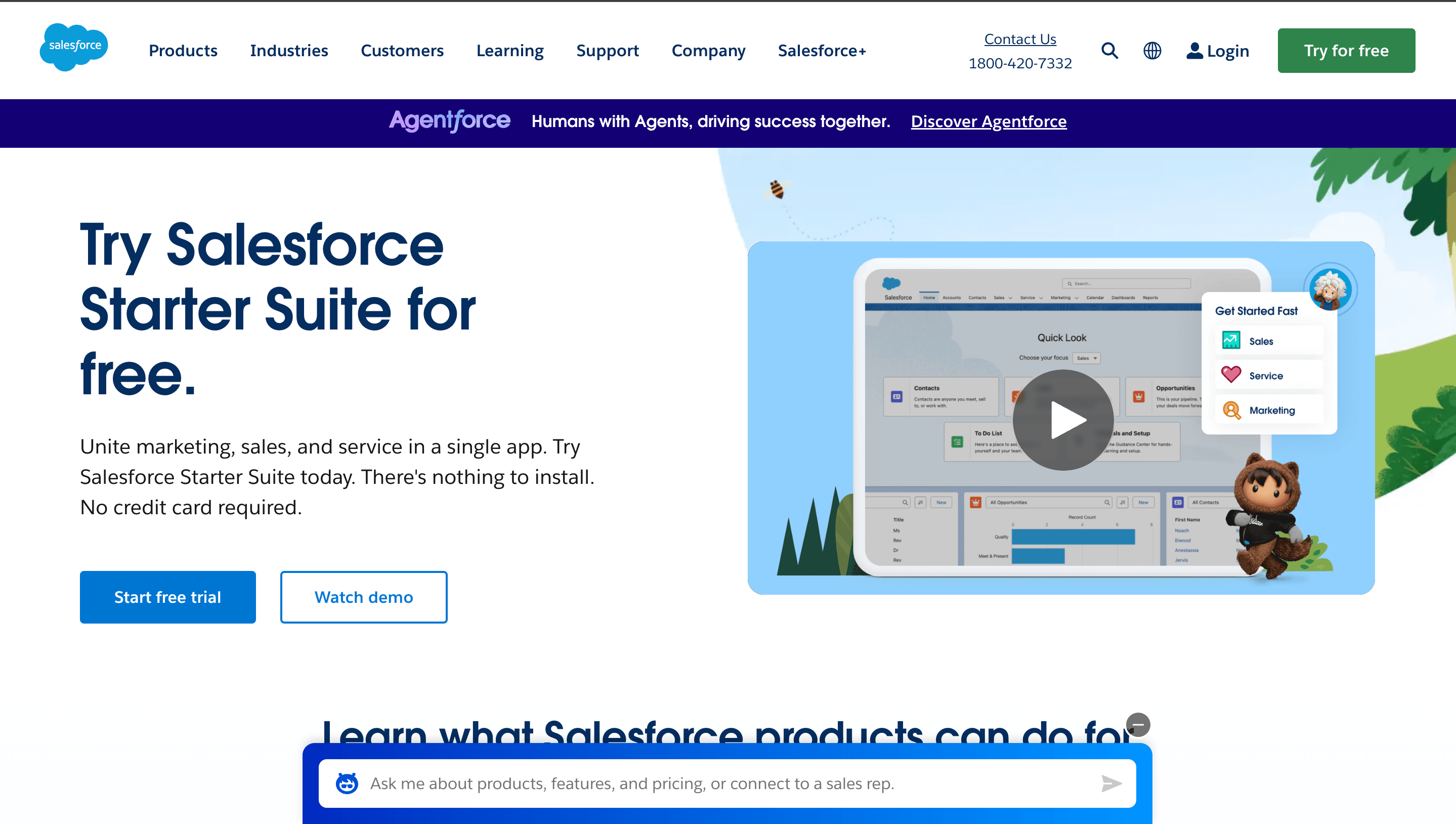
Salesforce drove market penetration through a strategic, customer-centric approach, blending deep audience insights with data-driven execution. By aligning sales and marketing efforts, Salesforce sharpened its competitive edge and strengthened its market position while accelerating both brand growth and customer acquisition. Here's more on it.
Customer-Centric Focus: Built detailed buyer personas to address specific pain points and needs.
Data-Driven Strategy: Used advanced analytics to identify top distribution channels and refine outreach.
Content and Social Media Marketing: Strengthened engagement and nurtured leads through targeted campaigns.
Sales and Marketing Alignment: Fostered seamless collaboration to maximize impact and consistency.
Strong Value Proposition: Established itself as an indispensable platform in a crowded market.
Zoom's Tactical Use of the Freemium Model
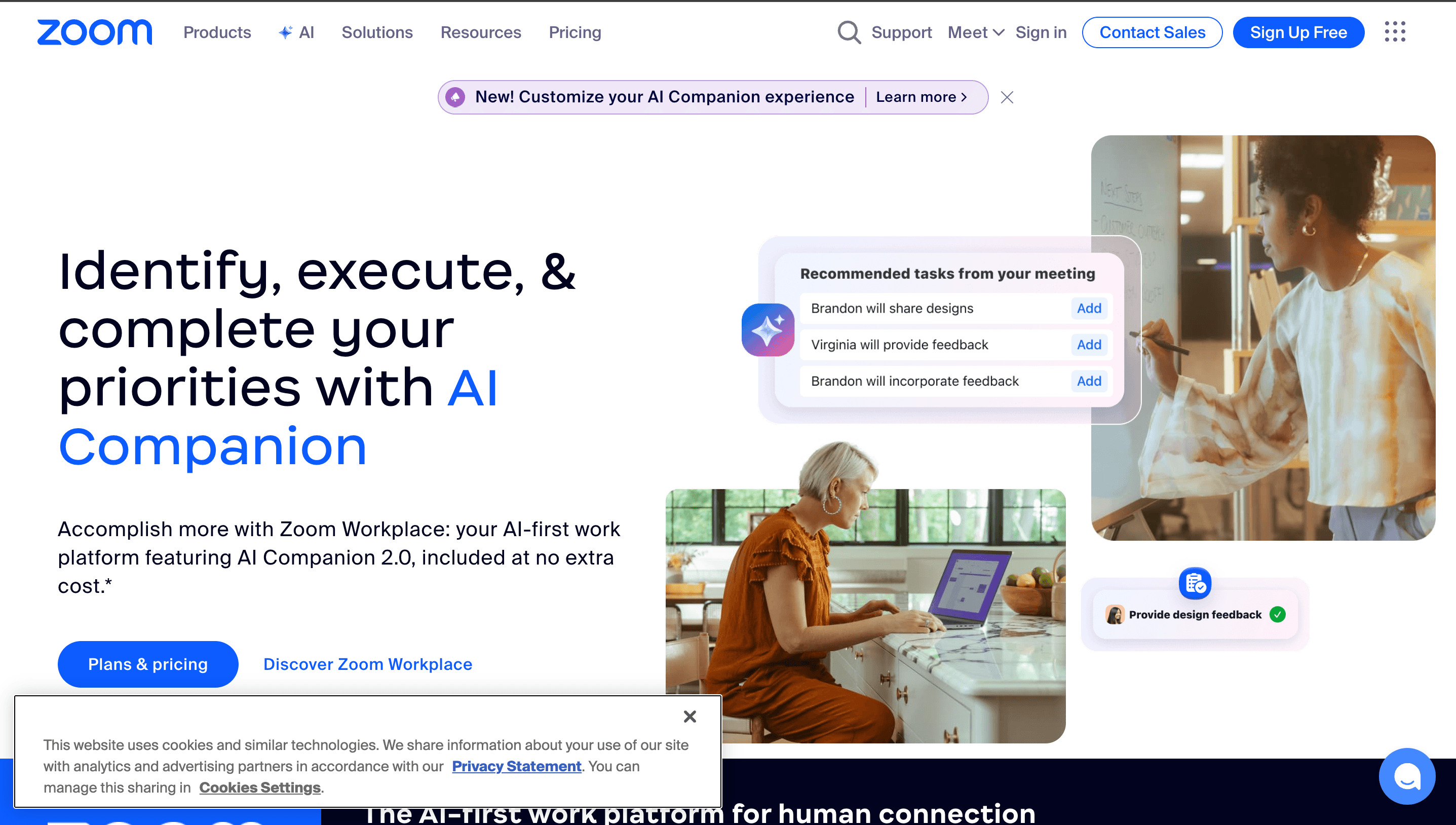
Zoom’s meteoric rise was fueled by a smart freemium strategy that made powerful communication tools accessible to a broad audience. By blending frictionless user experience with strategic product development, Zoom secured lasting growth and a strong foothold in the competitive SaaS landscape. Here's more you need to know.
Freemium Model: Lowered the entry barrier and attracted a wide range of users.
User Growth Engine: Drove rapid increases in daily active users, feeding the paid customer pipeline.
Showcased Value Proposition: Allowed users to experience core features firsthand, encouraging upgrades.
Product Development Feedback: Leveraged insights from free users to refine and enhance the platform.
Smooth Premium Transition: Delivered a satisfying upgrade path that strengthened loyalty and retention.
3 Common Pitfalls To Avoid in GTM Strategy
Clear customer segmentation is key to a focused go-to-market strategy. Without it, efforts scatter and resources are wasted. Cross-team collaboration keeps goals aligned, while a simplified strategy ensures sharper execution. These best practices drive better customer experiences, sustainable growth, and stronger sales.
Get Clear on Who You’re Targeting
Start by getting clear on who you’re really trying to reach. Defining customer segments and creating your ideal customer profile (ICP) helps you tailor your message to the right people. When you group your audience by things like behaviors, challenges, or demographics, it’s much easier to speak to what they truly need.
Targeted Campaigns: Use buyer personas to create more relevant and personalized campaigns.
Optimized Value Proposition: Address the distinct needs of each segment, making your offering more compelling.
Data-Driven Insights: Leverage research to segment customers precisely, making your outreach more impactful.
Better Customer Relationships: By focusing on the right segments, you enhance engagement and satisfaction.
Increased Retention: Personalized interactions drive loyalty and repeat purchases.
Align Teams for GTM Success
Your SaaS go-to-market strategy only works when sales, marketing, and product are aligned. When teams share the same goals and customer insights, execution becomes faster, messaging sharper, and results stronger.
Unified Understanding: Ensure all teams understand customer needs and work toward a shared goal.
Optimized Sales Process: Alignment improves collaboration between teams, making the sales process more efficient.
Shared Metrics: Use shared KPIs to measure success and continuously improve strategies.
Improved Customer Experience: A unified team delivers a more cohesive customer journey.
Accelerated Acquisition: Aligning efforts helps you attract the right customers faster.
Keep It Simple and Focused
A successful SaaS GTM strategy doesn’t need to be complicated. Focus on clear goals, cut the noise, and execute with precision for faster, more consistent results.
Core Objectives: Focus on a few key goals that drive the most impact for your product.
Efficient Campaigns: Streamline messaging to ensure it's clear and resonates with your target audience.
Faster Execution: A focused strategy reduces confusion and accelerates decision-making.
Research from HubSpot indicates that 70% of high-performing companies focus on one clear, defined goal.
Stronger Team Collaboration: Simplicity in your strategy ensures everyone is on the same page, improving team coordination.
Improved Customer Engagement: Clear, focused messaging leads to stronger connections with prospects and customers.
Turn Every Sales Demo into a Conversion Machine with SmartCue
SmartCue helps you deliver faster, personalized demos that convert.
Create interactive, self-guided product experiences that are easy to share and customize—perfect for scaling customer demos or internal training. With SmartCue, you show off your product’s real value, boost engagement, and speed up your sales cycle.
Drive more conversions, build buyer confidence, and sell smarter.
Get your free 14-day trial now!
Conclusion
A strong SaaS go-to-market strategy can make or break your product’s success. When marketing, sales, and support work in sync—and you stay close to customer needs—you’re better equipped to stand out and adapt. Keep learning from data and feedback, refine your approach, and avoid common missteps. The goal? A launch that clicks with your audience, builds trust, and drives real growth. Focused execution is what turns strategy into results.
Frequently Asked Questions
What defines a successful Go-To-Market strategy?
A successful go-to-market strategy revolves around a deep understanding of customer needs, alignment across teams, a clear value proposition, and effective marketing plan channel selection. Continuous measurement and refinement of performance metrics also play a crucial role in driving sustained growth and market presence.
How do different GTM strategies impact customer acquisition?
Different GTM strategies significantly influence customer acquisition by shaping brand perception, targeting approaches, and sales tactics. Tailored marketing campaigns and strategies enhance lead generation and engagement through personalized messaging, making it easier to attract and convert ideal customers, ultimately fostering long-term relationships that drive growth.
What role does customer feedback play in refining a GTM strategy?
Customer feedback is crucial for refining a GTM strategy as it provides insights into user needs and pain points. By analyzing this data, companies can make informed adjustments to their offerings, ensuring alignment with market demands and enhancing overall product-market fit.
Can GTM strategies evolve over time, and how?
Yes, GTM strategies can evolve as market dynamics and customer needs change. Continuous feedback, data analysis, and iterative improvements allow businesses to adapt their approach, ensuring relevance. Regularly revisiting your strategy keeps it aligned with the shifting landscape and enhances overall effectiveness.
